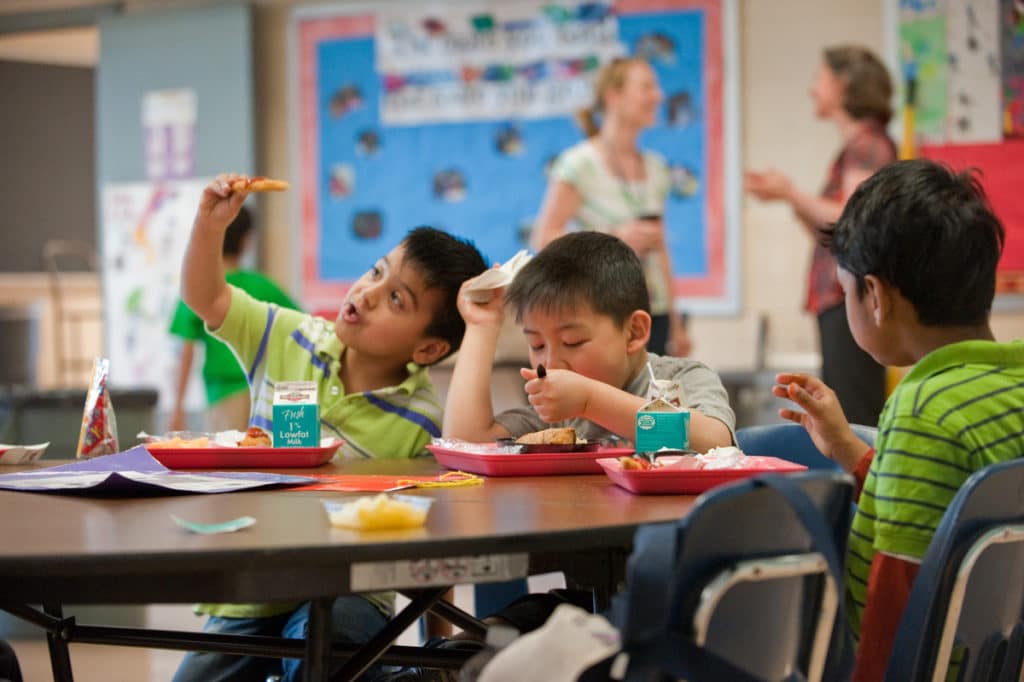
Teachers are supposed to have “eyes in the back of our heads.” When I was teaching, I believed I did see everything—I certainly thought I knew when children misbehaved. Then, while researching bullying for How to Bullyproof Your Classroom, I read some amazing facts about how often educators don’t see bullying, even when it happens right in front of us.
In one well-known study, observers reported that children on a playground were bullied an average of once every seven minutes, but that the adults who were with them responded only 4% of the time. “How could that be?” I wondered. “Were the adults not paying attention? Were they ignoring mean behaviors because they didn’t know what to do?”
I now suspect that some of the bullying behaviors that were observed by the researchers were things that the adults on the playground simply did not see—perhaps because they weren’t looking for them. I suspect this because I know now that I, too, missed potentially unkind student behavior in my classroom.
I recently had the chance to review some videos that were filmed in my third grade classroom five years ago. As I scanned the unedited footage, I saw a snippet that surprised me. Maya, a student who’d never exhibited any aggressive behavior when I could see it, was poking Jennifer. It was over in just a moment, and I barely saw it, so I replayed that part. Poke. Maya poked Jennifer. Poke, she repeated. Poke, once again.
Now a few pokes may not seem very important, and maybe they weren’t. The behavior didn’t seem mean to me. Maybe Maya was just trying to liven up a slow moment. If (as I recall) she and Jennifer had a positive and equitable relationship, then it was just a minor misbehavior, not bullying. Or, if Jennifer had just poked Maya and what I saw was Maya poking her back to assert and defend herself, that would also have been just an ordinary misbehavior. Again, as long as children are on equal footing, it’s not something that’s likely to lead to bullying.
However, if the poking had been an “opening move,”—for instance, if Maya had been trying out tormenting Jennifer, or if it was part of a pattern of mean behaviors that escalated—then it could have been a gateway behavior. And I did not see it at the time, even though it happened right in front of me.
Another thing I know now is that if I had seen Maya poking Jennifer I should have stopped it, no matter what reasons were behind the misbehavior. Children try out mean behaviors, and if those behaviors are not stopped, they can escalate into bullying. When, as in bullying situations, there’s a power imbalance, the person who is targeted is unlikely to be able to stop the mistreatment. Classmates are unlikely to stop it either—there’s too much risk that they’ll become the next person on the receiving end. That leaves us, the adults in school, to intervene. That’s why noticing matters. It’s easy to miss behaviors that children don’t want us to see. But we can do better. Our students’ safety depends on it.
Here are some things you can do to get better at noticing what you’ve been missing:
Caltha Crowe is the author of three books: Sammy and His Behavior Problems, Solving Thorny Behavior Problems, and How to Bullyproof Your Classroom.